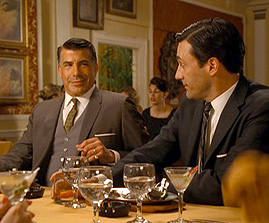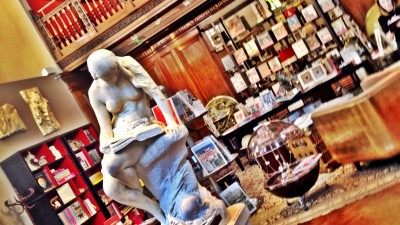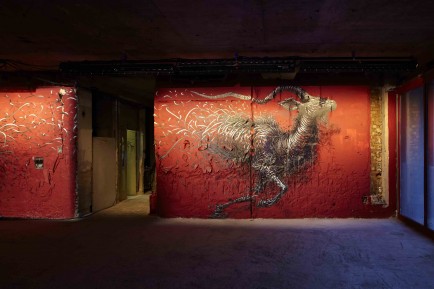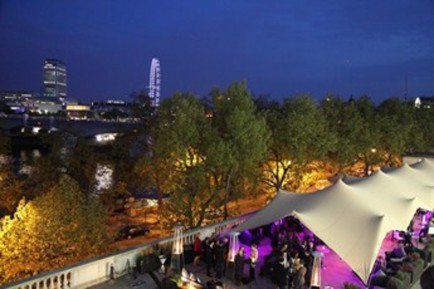After an ambitious £12 million restoration plan and two years of work onsite managed by English Heritage, the magnificent Chiswick House Gardens are back to their former glory, recovering the original vistas and design from decades of disrepair: a good reason to go and visit this historical place, which includes one of the most beautiful houses in London as well as 65 acres of gardens known as the birthplace of the English Landscape Movement.
Chiswick House -the first example of neo-Palladian design in England- was completed in 1729 by the third Earl of Burlington as an homage to Renaissance architect Palladio and as an evocation of the glories of Ancient Rome, taking inspiration from his “grand tours” of Italy. It was never conceived as a residence in its own right but rather as an architectural experiment where Lord Burlington could display his art collection and entertain his friends. However, it subsequently became home to successive members of Lord Burlington’s family, including the celebrated Georgiana, Duchess of Devonshire, often described as the “Lady Di” of her times (and played on screen by Keira Knightley in the film The Duchess).
The gardens were conceived in the 1720s and 1730s by William Kent, an artist whom Lord Burlington had met in Italy. Inspired by classical painting and by a naturalistic approach moving away from the straight lines and formality of Italian and French gardens, Kent gave birth to the English Landscape Movement. This Arcadian image of the English Garden would take the world by storm, influencing landscapes from Blenheim Palace to Central Park in New York, and went on to inspire designers such as Capability Brown and Humphrey Renton. But over 300 years, the Gardens, transformed from a nobleman’s estate to a public park, had suffered from underinvestment and a slow decline.
The result of the garden restoration, after four years of fundraising and two years of onsite work, is an inspiring balance between a historic landscape and a public park, with highlights including the planting of over 1,600 trees and the complete restoration of the 19th century conservatory, housing a rare collection of camellias. To complete the restoration, a new elegant and minimalistic café (which offers beautiful views as well as great snacks, such as the orange and lavender cake) has now opened, with a newly created kids playground beside it. Which make it a perfect place for a romantic outing or a family picnic on the weekend or during the summer holiday. Highly recommended!

















